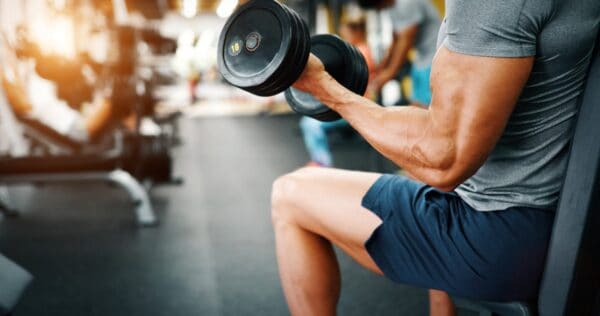
Introduction
Exercise is a vital part of a healthy lifestyle, offering numerous benefits for both physical and mental well-being. However, for individuals with exercise-induced asthma, physical activity can sometimes trigger troublesome symptoms that affect their ability to participate in sports or engage in vigorous workouts. Here are six important facts about exercise-induced asthma that everyone should know.
1. What is Exercise-Induced Asthma?
Exercise-induced asthma, also known as exercise-induced bronchoconstriction (EIB), is a condition characterized by the narrowing of airways in the lungs during or shortly after physical exertion. While regular asthma typically involves symptoms triggered by various factors such as allergens or irritants, exercise-induced asthma specifically occurs during exercise or vigorous physical activity. Symptoms may include wheezing, coughing, shortness of breath, chest tightness, and fatigue.
2. Prevalence and Risk Factors
Exercise-induced asthma affects a significant number of people, including both professional athletes and recreational exercisers. It is estimated that up to 90% of individuals with asthma experience exercise-induced symptoms. Certain factors can increase the risk of developing exercise-induced asthma, such as having a family history of asthma, being prone to allergies, or having pre-existing asthma or other respiratory conditions.
3. Mechanism Behind Exercise-Induced Asthma
The exact mechanism of exercise-induced asthma is not yet fully understood, but it is believed to be caused by the cooling and drying of the airways during physical activity. As a person exercises, they tend to breathe in large volumes of cool, dry air, leading to the loss of heat and moisture from the airways. This can cause the airways to become narrow and inflamed, leading to asthma symptoms.
4. Diagnosis and Treatment
If you suspect you have exercise-induced asthma, it is important to consult with a healthcare professional for an accurate diagnosis. Your doctor may perform lung function tests, such as spirometry or exercise challenge tests, to determine if exercise triggers your asthma symptoms. Fortunately, exercise-induced asthma can be effectively managed with appropriate treatment. Treatment options may include using a short-acting bronchodilator inhaler before exercising, taking long-term controller medications to reduce airway inflammation, and using preventive measures like warming up properly before physical activity.
5. Benefits of Exercise for Asthma
Despite the challenges it presents, exercise can still be beneficial for individuals with exercise-induced asthma. Regular physical activity has been shown to improve overall lung function, enhance cardiovascular fitness, and boost immune function. Moreover, exercise can help in managing body weight, reducing stress levels, and promoting better mental health. It is crucial for individuals with exercise-induced asthma to work closely with their healthcare providers to develop a safe and personalized exercise plan.
6. Exercise-Induced Asthma Myths
There are several misconceptions surrounding exercise-induced asthma that need to be debunked. One common myth is that individuals with exercise-induced asthma should avoid physical activity altogether. In reality, regular exercise, when properly managed, can be an important part of asthma management. Another myth is that only elite athletes or highly competitive individuals can develop exercise-induced asthma. This condition can affect anyone, regardless of their athletic ability or fitness level.
Conclusion
In conclusion, exercise-induced asthma is a manageable condition that should not deter individuals from engaging in physical activity. By understanding the nature of exercise-induced asthma, seeking proper diagnosis and treatment, and working with healthcare professionals, individuals can continue to enjoy the numerous benefits of exercise while effectively managing their symptoms. Remember, staying active is important for overall health, and exercise-induced asthma should not be a barrier to leading an active lifestyle.









